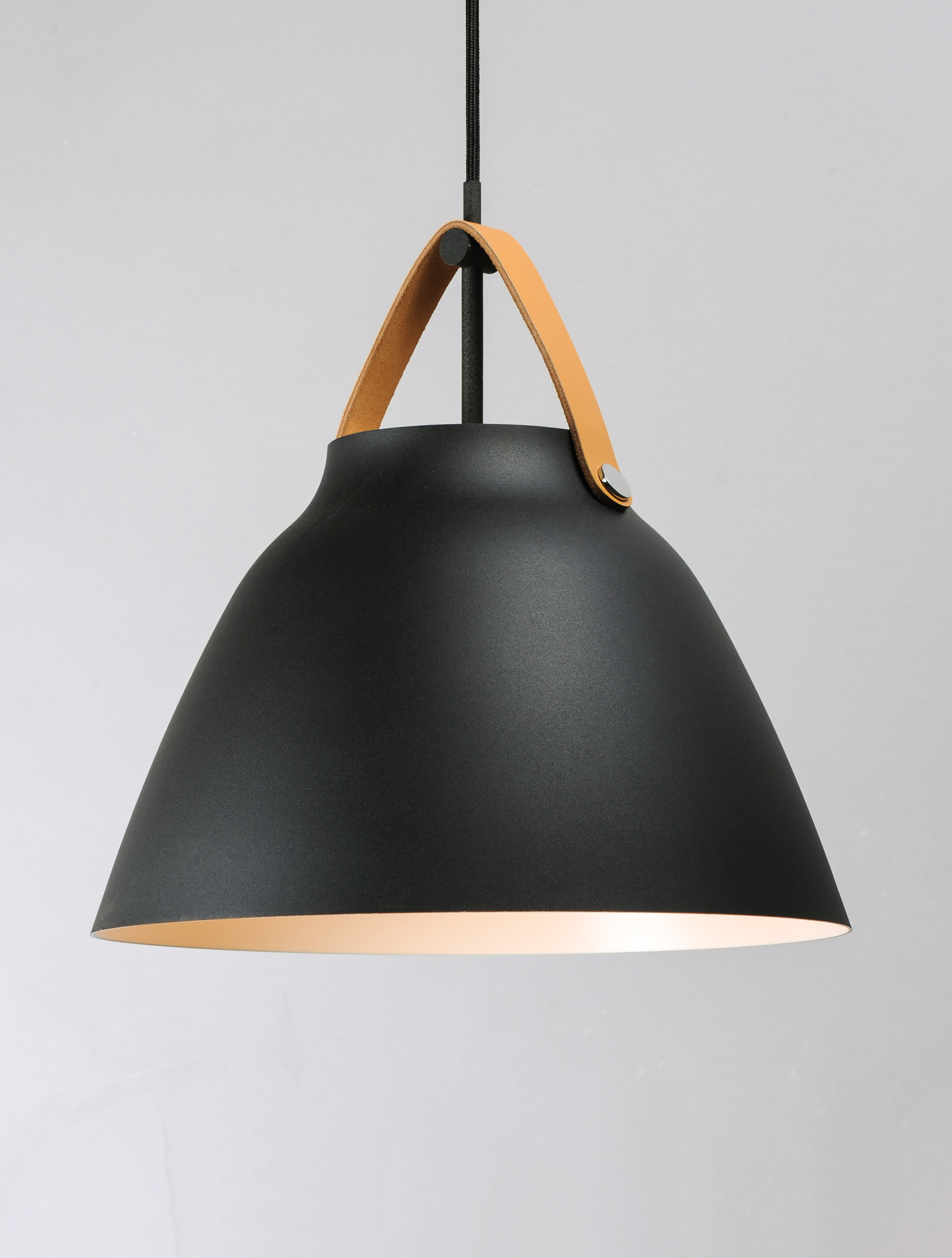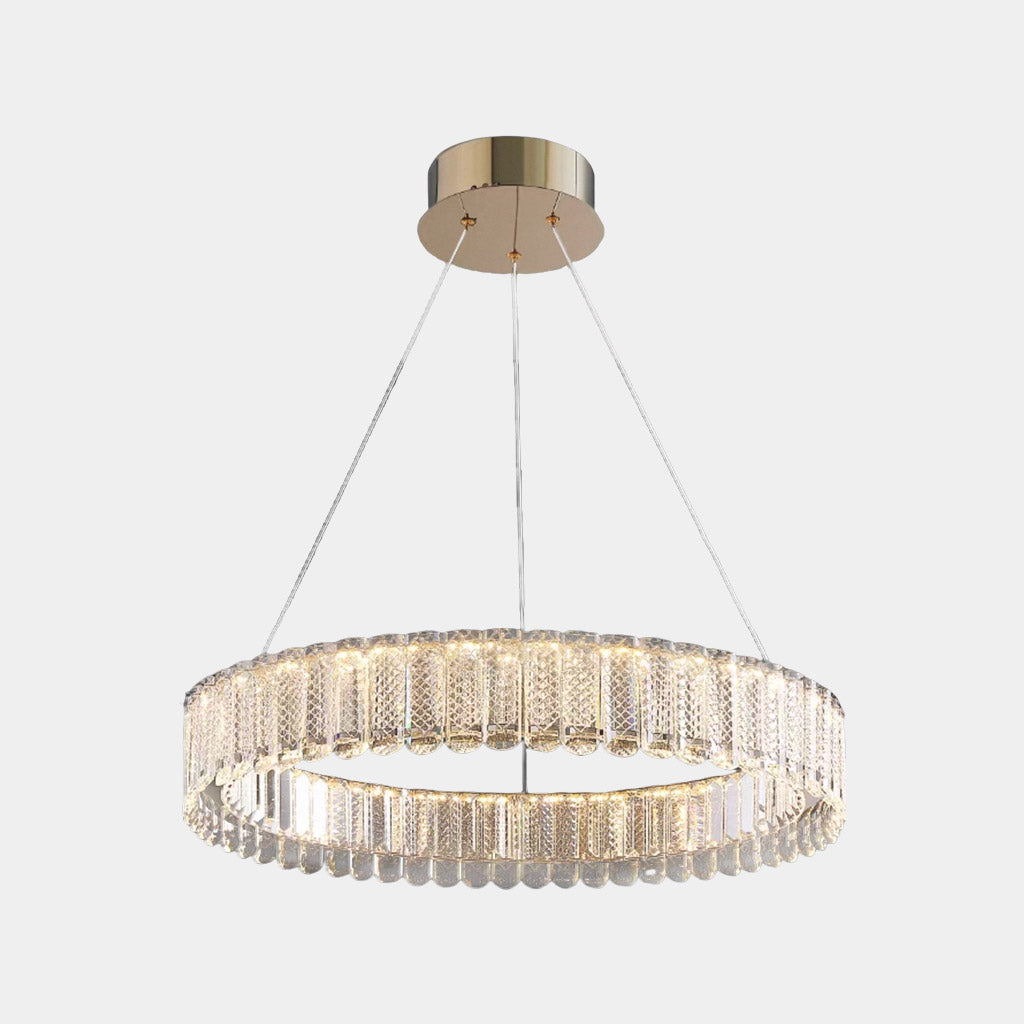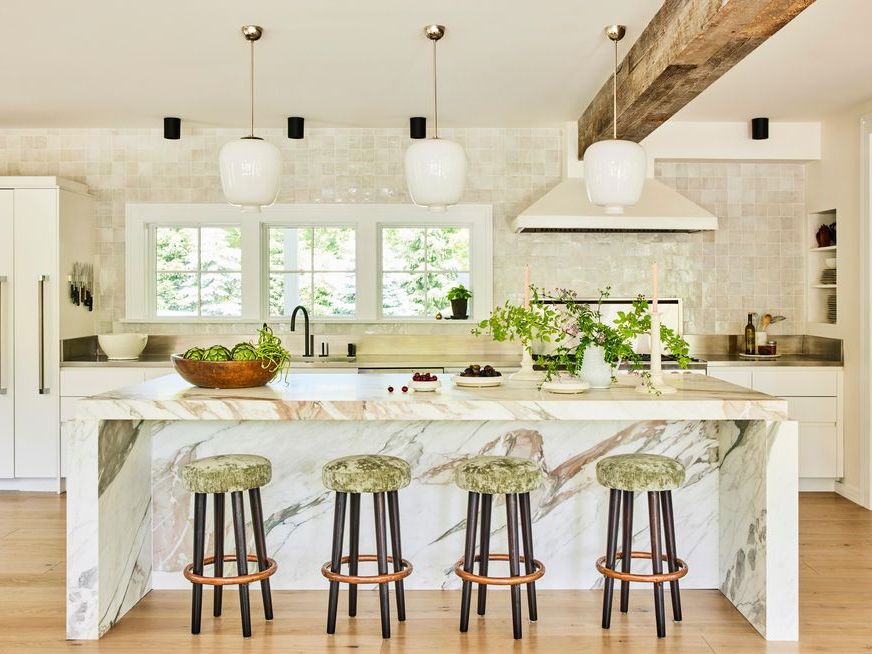7 Stunning Pendant Light Options for Outdoor Spaces and Patios
A Comprehensive Guide to Setting Up and Preserving Your Pendant Light
Installing and maintaining a pendant light needs cautious preparation and implementation. Correct height measurements can boost both performance and layout. Important tools and a clear installment procedure are critical for a successful configuration. Normal upkeep assurances long life and efficiency. Understanding these aspects can change a space. Knowing where to begin could appear daunting. What actions should one prioritize to achieve the very best outcomes?
Comprehending Pendant Light Styles
While numerous home owners look for to improve their spaces with Pendant lighting, understanding the numerous designs readily available is vital for making an educated choice. Pendant lights can be found in a wide variety of layouts, each offering unique aesthetic and functional advantages. Standard Pendant lights frequently feature traditional forms and materials, such as glass or steel, providing a timeless charm. Contemporary designs, on the various other hand, may integrate ingenious materials and bold shades to develop striking centerpieces.
Industrial-style necklaces often use basic materials like subjected bulbs and rustic finishes, ideal for lofts and modern setups. For an extra whimsical touch, vintage-inspired alternatives evoke nostalgia with intricate information and retro surfaces. Additionally, minimalist designs focus on simplicity and tidy lines, appealing to those that choose understated sophistication. Comprehending these diverse styles permits homeowners to pick Pendant illumination that not only complements their decor yet additionally offers their functional lights needs efficiently.
Determining the Suitable Elevation for Your Pendant Light
Just how does one identify the ideal height for a pendant light? To achieve the best functionality and aesthetic appeal, a number of variables must be thought about. Generally, a pendant light need to hang 30 to 36 inches over an eating table to ensure ample illumination without obstructing sights. Precede with high ceilings, the fixture may be positioned a little greater to preserve proportionality.
For kitchen area islands, a height of 28 to 34 inches over the countertop is usually suggested, allowing for ample light coverage while keeping a welcoming ambience. In living locations, the Pendant ought to be hung at a height that complements the bordering design and does not create a hazard for individuals walking underneath it.
Ultimately, individual choice and room dimensions play significant functions in identifying the best elevation. Examining numerous heights before final installation may help accomplish the preferred effect and performance.
Devices and Materials Needed for Setup
Successful installation of Pendant lights needs a details collection of devices and materials to assure a smooth procedure. Important tools consist of a screwdriver, wire pole dancer, and a drill, which facilitate protected fixture add-on and proper circuitry. A voltage tester is vital for validating safety by ensuring that power is off prior to beginning any type of electric job.
In enhancement to devices, specific products are needed for installment. These include the Pendant light itself, electric wiring, wire nuts for protected connections, and placing equipment. A ceiling hook may additionally be needed, depending upon the fixture's design.
For added safety and benefit, a ladder will aid within high ceilings, while a level ensures that the light hangs uniformly. Preparing these products and tools beforehand improves the installment procedure, making it more efficient and efficient. Proper prep work is vital to attaining a successful Pendant light installation.
Step-by-Step Setup Process
With the required tools and products collected, the installment process for Pendant lights can start. First, the power supply should be turned off at the breaker to guarantee security. Next, the placing brace requires to be affixed to the electric box in the ceiling. After safeguarding it, the electrical expert's tape must be used to cover any subjected cords.
Adhering to that, the Pendant light's cables are connected to the corresponding cables in the ceiling: black to black (or red), white to white, and green or copper for ground. As soon as the links are made, they ought to be secured with wire nuts.
The Pendant light can after that be affixed to the placing brace, ensuring it hangs at the preferred elevation. Ultimately, the light bulb is inserted, and the power is transformed back on at the breaker, allowing the brand-new Pendant light to brighten the space.
Maintaining and Cleansing Your Pendant Light
What steps should be taken to assure the long life and visual charm of Pendant lights? Regular maintenance and cleansing are crucial in preserving their elegance and functionality. Dust and dust can build up on Pendant lights, reducing their luster. To clean, a soft, lint-free cloth or microfiber towel must be made use of, along with a gentle cleaner suitable for the surface area material - Pendant Light. For glass or crystal necklaces, a glass cleanser can boost clarity without touches
It is a good idea to turn off the light and permit it to cool down before cleansing. Furthermore, examining the component for loosened light bulbs or links regularly guarantees safety and security and top performance. Changing bulbs routinely avoids stress on electric parts if relevant. Maintaining a risk-free environment by staying clear of exposure to dampness can substantially expand the life of Pendant lighting. Adhering to these actions will certainly keep Pendant lights looking their finest while operating successfully.
Troubleshooting Typical Pendant Light Issues
When pendant lights malfunction, several usual concerns may emerge, consisting of flickering light bulbs, wrong setup, and voltage variations. Determining the source is important for effective repairing and making sure peak performance. Resolving these problems promptly can improve the long life and performance of Pendant lights fixtures.
Flickering Light Light Bulbs
Flickering light bulbs can be a resource of aggravation for house owners, often indicating underlying electrical concerns or straightforward maintenance needs. This phenomenon might originate from loose light bulb connections, where the bulb is not firmly fitted right into the outlet, causing periodic contact (Pendant Light). Additionally, damaged or aging light bulbs may flicker as they near completion of their life-span. An additional typical cause is inconsistent voltage, which can develop from issues within the electrical system or overloading circuits. House owners must likewise examine for harmed wiring, as this can result in flickering and present safety and security hazards. Prompt replacements and normal inspections are essential to guarantee appropriate functionality and to maintain a secure home setting. Identifying the origin without delay can prevent further problems

Inaccurate Setup Concerns
Incorrect setup of Pendant lights can bring about a series of problems that might resemble those triggered by flickering light bulbs. Usual troubles consist of loose wiring connections, which can interrupt the circulation of power and cause periodic lighting. In addition, if the installing bracket is not firmly attached, the Pendant may hang unevenly, creating an unstable component that can trigger vibrations or sound. Incorrect light bulb types or electrical power can likewise add to performance issues, as incompatible bulbs might not operate successfully in the fixture. Ultimately, insufficient spacing from the ceiling can produce shadows or lower light distribution, lessening the intended result of the Pendant light. Determining and resolving these setup errors is essential for accomplishing appropriate functionality and aesthetic allure.
Voltage Variation Troubles
Although Pendant lights can enhance an area's setting, voltage fluctuations can lead to considerable efficiency issues. These fluctuations may create flickering lights, minimized brightness, and even premature light bulb failure. To detect such issues, one need to initially inspect the light fixture's compatibility with the voltage supply. Making use of a multimeter can assist measure voltage degrees and recognize abnormalities. It may be necessary to inspect the electric Homepage system for loose connections or faulty electrical wiring if voltage issues continue. Sometimes, speaking with a licensed electrician is suggested to assure security and compliance with regional codes. Correctly resolving voltage fluctuations not just boosts the performance of Pendant lights yet also expands their lifespan and improves total lights high quality.
Enhancing Your Room With Pendant Light Placement
Effective Pendant light placement can substantially boost a room by sticking to ideal elevation standards, making certain the ideal lighting level. Layering these lights with various other resources can develop a well balanced atmosphere, highlighting focal points within the area. Achieving an unified appearance needs careful factor to consider of both the fixture's placement and its connection with surrounding components.
Ideal Height Standards
When contemplating the excellent height for Pendant lights, a basic guideline suggests hanging them about 30 to 36 inches over a counter top or table surface area. This elevation permits maximum illumination while ensuring that the light does not block sights or develop hazards. In dining areas, Pendant lights must be placed to boost the eating experience, generally around 28 to 34 inches over the table. For kitchen area islands, preserving harmony throughout numerous pendants can produce a natural appearance; spacing them uniformly and adhering to the advised elevation improves capability. It is vital to take right into account ceiling height too, as higher ceilings may need changes to keep symmetry and aesthetic charm. Proper height placement substantially adds to the total ambiance of a space.
Layering With Other Lights
As Pendant lights are incorporated right into a broader illumination style, they can significantly enhance the environment of a room. Their adaptability enables them to be layered with ambient, task, and accent illumination, creating an unified balance. For instance, integrating pendant lights with recessed illumination can supply general illumination while highlighting specific areas. Task illumination, such as under-cabinet lights, can enhance pendants in cooking areas, ensuring functionality without sacrificing design. Accent lights, like wall surface sconces, can even more enhance the setting, accentuating art work or building attributes. By strategically placing these light sources, homeowners can achieve depth and dimension, transforming a common space right into a beautifully lit up setting that deals with numerous tasks and state of minds.
Prime Focus and Balance

Tactically placed Pendant lights can offer as enchanting prime focus within an area, drawing the eye and boosting the overall aesthetic. When choosing pendant lights, it is vital to take right into account their form, dimension, and color to ensure they match the existing décor. As an example, a vibrant, oversized Pendant can produce a striking focal point over a table, while smaller fixtures may work much better in clusters to attain a well balanced look. Additionally, placing Pendant lights at differing heights can include deepness and visual passion to the area. Keeping equilibrium with other aspects, such as furnishings and wall surface colors, will certainly guarantee that the Pendant lights improve the space without overwhelming it. Thoughtful positioning transforms top article the ambiance, developing a harmonious and inviting atmosphere.
Regularly Asked Inquiries
Can I Set Up a Pendant Light in a Recessed Ceiling?
The concern of whether a pendant light can be installed in a recessed ceiling often occurs. Usually, it is feasible with suitable placing equipment, ensuring proper assistance and electric connections for efficient and safe installation.
What Kind of Bulb Is Finest for Pendant Lights?
When choosing light bulbs for Pendant lights, LED alternatives are typically chosen because of their power effectiveness and durability. Furthermore, the shade navigate here temperature level ought to match the wanted atmosphere, with cozy white being a popular selection for comfortable setups.
Are Pendant Lights Safe for Outdoor Use?

Just how Do I Pick the Right Pendant Light Wattage?
Selecting the ideal Pendant light power level involves assessing the area's dimension, preferred brightness, and component compatibility. Normally, reduced power levels match ambient lights, while higher electrical powers offer job illumination, making certain performance and aesthetic charm.
Can I Make Use Of a Dimmer Switch Over With My Pendant Light?
The inquiry arose whether a dimmer button might be made use of with a necklace light. Generally, if the light and bulb are compatible, a dimmer switch can effectively enhance setting and control brightness degrees.
When pendant lights breakdown, numerous usual concerns may develop, consisting of flickering light bulbs, wrong installation, and voltage changes. Incorrect setup of Pendant lights can lead to a variety of problems that may resemble those caused by flickering light bulbs. Insufficient spacing from the ceiling can produce shadows or minimize light distribution, lessening the desired effect of the Pendant light. Reliable Pendant light placement can substantially boost a space by adhering to perfect elevation guidelines, making certain the best illumination level. When picking light bulbs for Pendant lights, LED choices are commonly preferred due to their energy efficiency and durability.